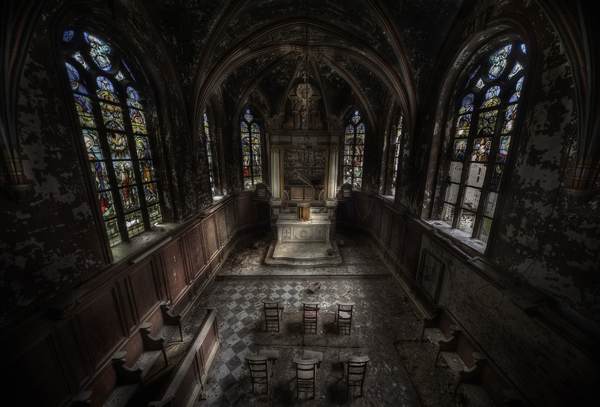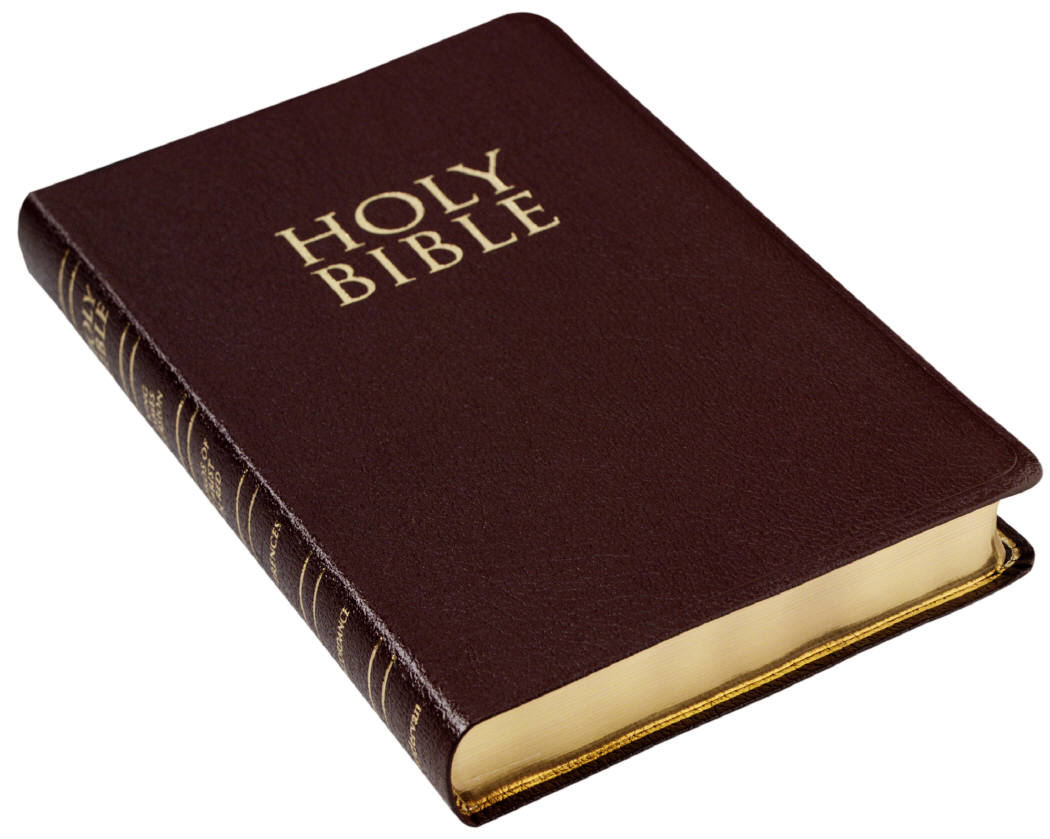Mise en scene: Setting and Iconography.
What is setting and iconography and Why is it an important convention? How can it help with audience understanding? Discuss connotations and denotations.
The setting of a film is important because it plays a main part in the story of film. The setting is the environment and surroundings that appear in a film. The setting is important because it allows your audience to draw meaning from the film and it also helps the narrative to make sense. Iconography is the objects that appear in a scene and have significance to it. It helps with understanding because if there was a scene that had a phone call and there was no phone involved it would confuse your audience and you may potentially lose them. In a thriller film it is likely that the setting would be in dark places or abandoned houses with narrow corridors; this sends a message to the audience that the story of the film is dark and twisted. It also leaves room for mystery and this causes tension. Thriller film iconography links in with the narrative of the film.
Setting: What are typical thriller settings and why? Discuss connotations and denotations? - use examples.
Typical thriller settings are houses, hospitals, places that are dark and abandoned and forests. They are usually set in these places so that the film fits into that genre and connotes all the things of a thriller film. The setting can also cause different types of responses from your audience. For example if there is killing in somewhere that is dark and shadowy, your audience is bound to feel uneasy and the climax of their excitement will go up whilst watching the scene. An example of a scene like this is from the film "I Spit On Your Grave.":
Settings and Sub-genre: how are settings dependent on sub-genres?- examples.
The setting is dependent on the sub-genre because it helps the film to make sense. It wouldn't make sense if the setting didn't link to the specific connotations and denotations each sub-genres has.
Crime Thrillers:
- Forests
- Houses
Religious Thrillers:
Iconography: what are typical thriller iconography and why? Discuss connotations and denotations- use examples.
Typical iconography in a thriller is:
- blood
- guns
- masks
- bats
- scars
- knives
- fire
These are typical iconography of a thriller because they all relate to typical themes of a thriller. Things like blood, guns, scars and knives all represent the violence and abuse that is shown through thrillers. Also masks and hidden identity help connote the idea of mystery.
Iconography and sub-genre: how are settings dependent on sub-genres? - examples.
Iconography is dependent on it's sub-genre because it is specific to each one. Each sub-genre will have certain iconography that is set for it. It helps the audience creating meaning from what is happening.
Examples of iconography being dependent on sub-genre:
Crime Thriller:
Thriller scene analysis. Analyse a scene identifying the use of setting and iconography - use PEER.
This is a perfect example of iconography in a thriller film. It allows the audience to respond in a certain way and figure out what genre it belongs to. I would say it belongs to a crime thriller because of the connotations it holds. The use of office utilities connotes that the character is in a professional environment and that they have authority. However the setting is dingy and dark showing that it isn't an organisation where loads of people are, it is secluded and secretive. This creates tension and curiosity for the viewer. When know the character isn't young because the things being used is quite dated and scruffy.
Conclusion: what types of setting and iconography are you now planning to use and why?
I am planning to use a dark outside setting for my thriller, I want to use this so it creates a sense of mystery and suspense. I want to discomfort my viewer by using a setting that will play with them psychologically. The iconography i will use will be based on the characters role in my thriller and the genre or sub-genre i pick. However when i make this decision i will be sure that it matches perfectly with the thriller connotations and denotations.








Emine, some good work here. You identify some conventional uses of setting and iconography and discuss them to some detail. There is also recognition on how this changes according to sub-genre.
ReplyDeleteTo improve;
-just be clear that all your examples are actual examples, in religious thrillers, body language and facial expressions are not iconography, you might think of holy books, symbols here.